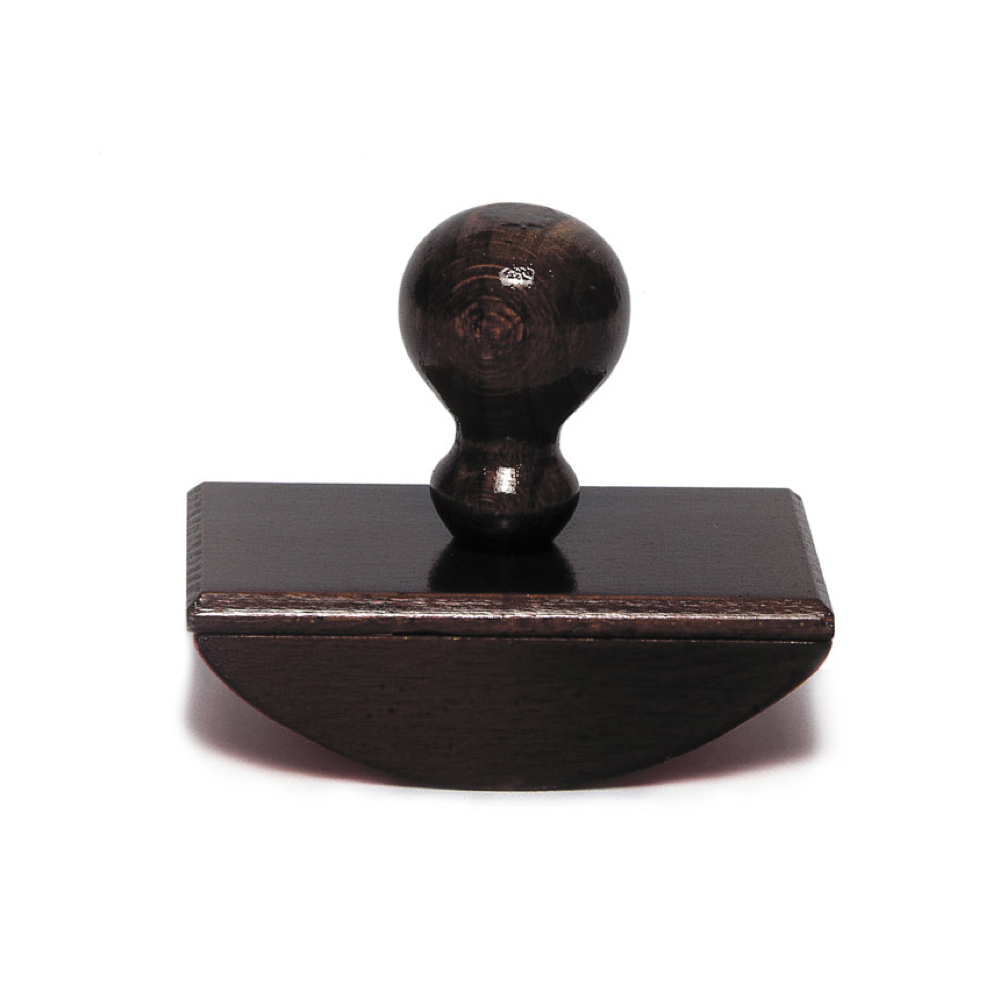

Which brings us to now and some happy news for the ink blotter. This fine powder was still in use during medieval times when monks were copying manuscripts and even in the 18 th century as a more economical alternative to sprinkling salt on drying ink, a new, more expensive practice of the bourgeoisie. In fact, pounce, made from the bones of cuttlefish has a long history of use for preparing paper prior to writing and also setting paper afterwards. ink made from hide glue, carbon or bone pigment, ground into a paste and then dried in ceramic bowls, was being sprinkled with pounce to avoid smudging on papyrus.

If we go back to 400,000 B.C., pigment was already being made in Africa and mixing tools suggest that sand and clay, combined with the sun were being used to dry and fix the ink. The history of the ink blotter is as long as writing with ink itself.

Blotting paper is a textured, thick paper specifically made to quickly absorb excess ink. Before blotters were invented, the preferred method was sprinkling salt over fresh written text to speed the drying process. The term ink blotter refers either to a handheld rocking device or simple blotting paper, both used to absorb excess ink when writing with fountain pens. Sadly for me, long gone are the days when having a proper desk set was a symbol of wealth, professionalism or fashion, but one of the tools of the desk set has survived fads and trends to remain: the ink blotter. With my love of fashion, some would say that my past centuries’ sensibilities have to do with the clothing, but those of you who have read my previous articles are probably clued into the thing that most draws me to palaces, country estates and manors: t he desk set. Countless hours spent watching Merchant Ivory movies, every version of Little Women over and over and just about every episode of Masterpiece Theatre have reaffirmed this. I’ve often thought that I was born in the wrong century.


 0 kommentar(er)
0 kommentar(er)
